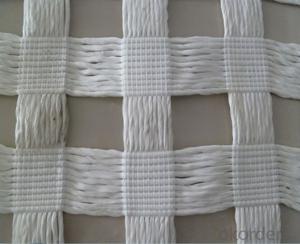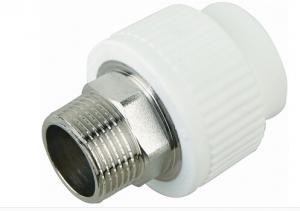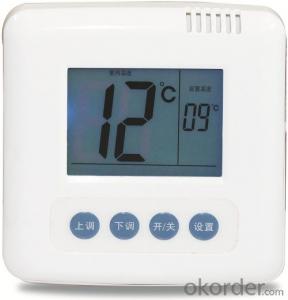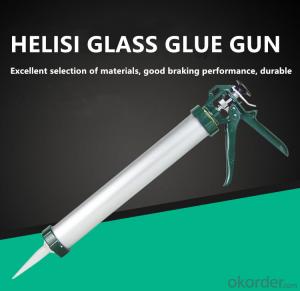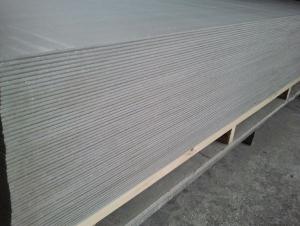Geogrid For Roads
Geogrid For Roads Related Searches
Best Paint For Stainless Steel Blanket Insulation For Steel Buildings Primer For Galvanized Steel Foam Filter For Stainless Steel H S Code For Stainless Steel Surface Grinding Wheels For Stainless Steel Surface Grinding Wheels For Hardened Steel Hole Saw For Stainless Steel Paint For Stainless Steel Stainless Steel For BbqHot Searches
Steel Mesh Panels For Sale Price For Stainless Steel Scrap Scrap Price For Stainless Steel Price For Stainless Steel Stainless Steel Plate For Sale Stainless Steel Tank For Sale Stainless Steel Sheets For Sale Cheap High Tea Sets For Sale Stainless Steel Tanks For Sale Stainless Steel For Sale High Density Fiberboard For Sale Solar Hot Water Collectors For Sale Scaffolding For Sale In Uae Scaffolding For Sale In Ireland Scaffolding For Sale In Houston Type Of Inverter For Solar Price Of Shipping Containers For Sale Types Of Inverter For Solar Stock Price For Aluminum Steel Mesh Panels For SaleGeogrid For Roads Supplier & Manufacturer from China
Okorder.com is a professional Geogrid For Roads supplier & manufacturer, offers integrated one-stop services including real-time quoting and online cargo tracking. We are funded by CNBM Group, a Fortune 500 enterprise and the largest Geogrid For Roads firm in China.Hot Products
FAQ
- Geogrids improve the performance of geosynthetic clay liners by providing additional reinforcement and stability to the liner system. They help to distribute loads more evenly, reduce lateral movement of the clay liner, and enhance its overall strength and durability. Geogrids also improve the liner's resistance to deformation and help to prevent cracks and failures, leading to a more effective and reliable barrier against moisture migration and soil erosion.
- Geogrids help in reducing the risk of foundation settlement by providing additional support and stability to the soil. They act as a reinforcement material, spreading the load of the foundation more evenly and preventing excessive settlement. Geogrids also help to confine the soil particles, preventing lateral movement and soil erosion, which can further contribute to foundation settlement.
- Glass steel grille is how to produce
- The grid is made of glass fiber interlaced braiding and molded by resin casting, and the glass fiber reinforced plastic grid plate with rectangular and square space with many rules is distributed. Can be widely used in petroleum, chemical, electric power, electronic paper, printing and dyeing, electroplating, glass steel grille of ocean exploration, sewage treatment and other industries work platform, platform equipment, drilling platform, walkway, is an ideal product in corrosive environment, but also suitable for civil building facilities.
- Yes, geogrids can be used in soil reinforcement for pipeline projects. Geogrids are commonly used in civil engineering applications, including pipeline projects, to enhance the stability and load-bearing capacity of soil. By providing tensile strength to the soil, geogrids can help prevent soil movement, improve soil confinement, and increase the overall performance and longevity of the pipeline.
- Yes, geogrids are effective in preventing soil erosion on slopes with vegetation. They provide reinforcement to the soil, improving its stability and reducing the risk of erosion. Geogrids help to distribute the forces exerted by gravity and water flow more evenly, preventing the soil from being washed away. Additionally, they promote root growth and vegetation establishment, further enhancing their effectiveness in preventing soil erosion on slopes.
- Geogrids and geonets are both geosynthetic materials used in civil engineering and geotechnical applications, but they have distinct differences. Geogrids are typically composed of high-strength polymers or fiberglass with a grid-like structure, offering tensile reinforcement to soil or other materials. They are primarily used for soil stabilization, slope reinforcement, and retaining wall construction. On the other hand, geonets are three-dimensional, open-mesh structures made of polymer materials. Geonets provide drainage and filtration capabilities, making them suitable for applications such as landfill leachate collection, erosion control, and gas venting. While geogrids focus on soil reinforcement, geonets specialize in drainage and filtration functions.
- Yes, geogrids can be used in pipeline trench stabilization applications. Geogrids are commonly used to improve soil reinforcement and provide stability to trenches, including those used for pipelines. They help to distribute loads, prevent soil erosion, and increase the overall strength of the trench.
- Geogrids improve the performance of reinforced soil walls by providing tensile strength and stability to the soil. They act as a reinforcement material that helps distribute the loads evenly, reducing the risk of wall failure due to excessive pressure or settlement. Additionally, geogrids increase the overall strength of the soil structure, allowing for the construction of taller and steeper walls.















